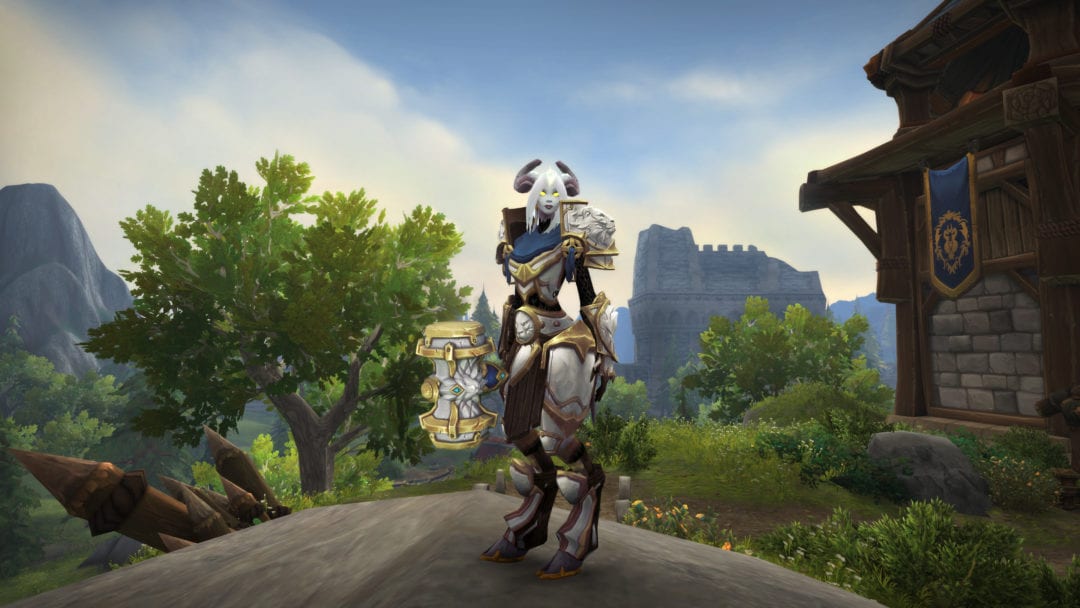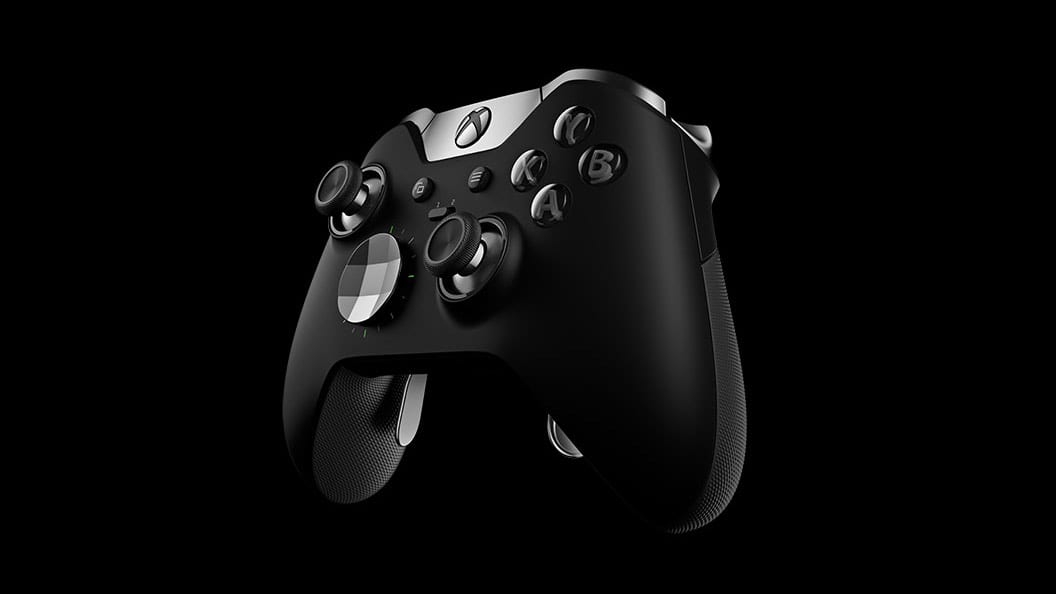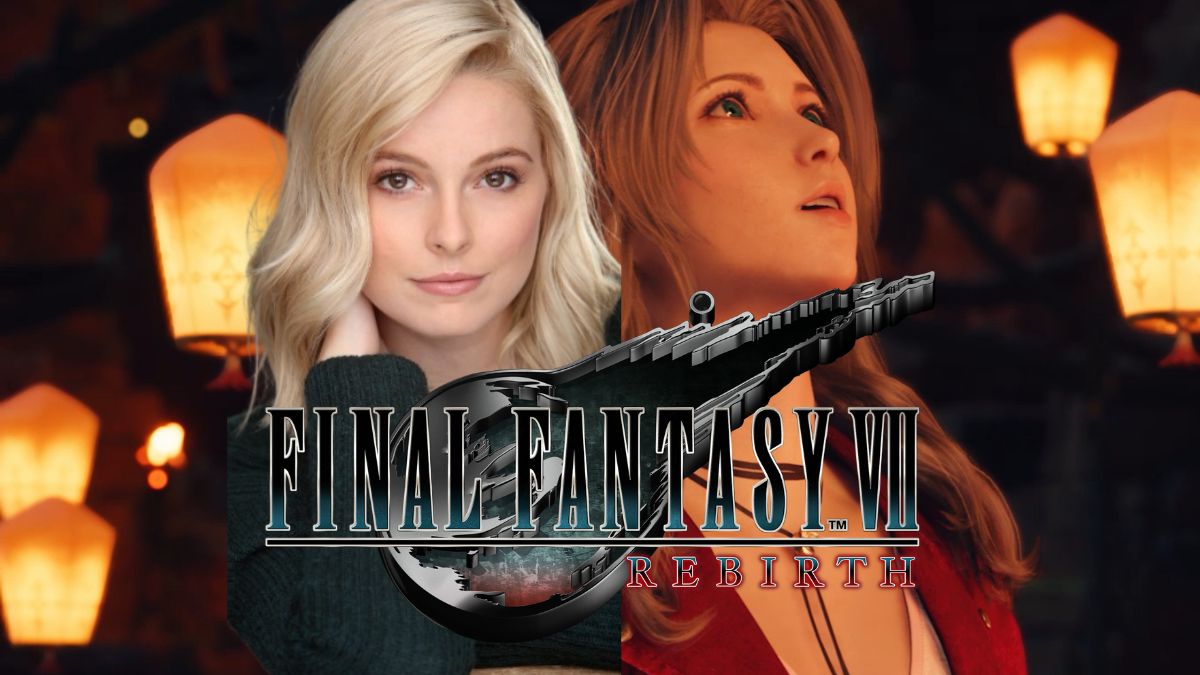Game Designer is one of those mythical positions everyone wants to fill. What isn’t cool about getting to actually make the games you love so much? What isn’t cool about being able to brag to all of your old-school gaming buddies that you are a real live game designer? What isn’t cool about getting to come up with awesome ideas and having the programmers and artists implement them? Well, there isn’t anything uncool about any of that. Unfortunately, reality is a bit different.
You do get to make the games you love so much, and you do get to brag to all your buddies, but you actually have to implement all those cool ideas, and you may not have the freedom to implement all the cool ideas you come up with until you’ve been a designer for quite some time.
But we’re getting ahead of ourselves just a little bit, aren’t we? The first step in becoming a game designer is deciding you want to become a game designer.
A game designer doesn’t get paid as much as someone with his equivalent skills in the business world. In reality, a game designer works long hours, relentlessly pursuing to improve himself and his designs, hoping for a little recognition from his superiors.
But there’s a bright side. After all, you really do get to make games. Office hours are generally set up so you can show up to work as late as 10:00 a.m. You even get to leave whenever you want, as long as it’s after core hours. I personally show up around 8:00 a.m. so I can head home pretty early (and so I can get a lot of work done while the office is still quiet). And a game designer’s dress code is “clothes.”
So let’s assume you’ve decided you want to become a game designer, despite the cold reality that it’s still a job. Where do you begin? Chances are, you’re already in the right place to get started on the road to becoming a game designer – you play a lot of games.
You have to play games – even those you don’t like. I decided a long time ago that I wanted to become a massively multiplayer online game designer, so I started playing a ton of them. I didn’t limit myself to good MMOGs, nor did I limit myself to North American ones; I played them all.
Keep playing those games. But, instead of simply playing them for fun, start analyzing them. What did the game do right? What did it do wrong? What did it do differently from most games, and why? Start looking for all of the little quirks you never would have noticed without looking for them in the first place. If the game is good, discover what makes it good. Many times, it’s not just polish and it’s not just cool features, but it is instead a concrete idea working cohesively to produce something magnificent, even if it’s not the type of game you would normally enjoy.

The next step in your journey to becoming a game designer is to learn even more. Pick up every decent looking book you can find about game design. Don’t just read game design books, either; you’ll want to pick up general development books, production books, storytelling books and anything else you might imagine could apply. Every game design book has at least one valuable lesson, and you’ll eventually start putting together what those lessons are after reading enough of them. While you’re learning from books, check out every resource you can about game design. There are some great blogs, forums and now even schools that will teach you about game design.
Another wonderful learning tool in the world of game design is modding games like Half-Life, Quake, Unreal, Neverwinter Nights or the Elder Scrolls. Each of these games provides a scripting language and tools to help you mod, which can teach you a thing or two about scripting, an invaluable skill to pick up.
Congratulations. You’re a lean, mean designing machine. Now it’s time to get a job! But it’s probably not going to be as a game designer. The best way to begin your trek is to start in another department, such as quality assurance, customer service or technical support. It’s generally not too difficult to get your first job in one of these departments. What, there aren’t any game developers in your area? Ah, yes. I forgot to mention, you’ll need to be willing to relocate. Game development is still relatively focused, with concentrations in places like southern California, Austin, Seattle, Boston and a few other areas in the U.S.
Now that you have that first industry job, you are well on your way. All you have to do now is prove you are better than the 50-plus other people who want that same design position, and they’ve all been at the company longer than you. But don’t despair.
All you really need to know are a few things: Get over yourself. Work your ass off. Don’t complain.
You aren’t a better designer than the designers on the project you’re testing. You aren’t more knowledgeable about games than everyone else at the company. You aren’t the only person being underpaid and overworked. You don’t deserve that coveted game design position more than the next guy.
Those first three points are really the most important. You need to work extremely hard at whatever job you managed to pick up. Try hard, don’t slack off and focus on quality. If you’re writing bug reports, make sure they’re concise and detailed. If you think something sucks, send along a suggestion about how it might be even better. But, remember, get over yourself. Never speak in a negative tone about someone else’s work. Always be constructive. Don’t patronize.
Remember that the very people you think are completely stupid and worthless designers are the ones who you need to get along with if you are ever to become one of them. Things are often harder than they seem; there are time crunches involved and there are half a dozen other factors you aren’t aware of that make something stupid more understandable. Make friends with the designers and other developers you meet, and it will help you toward your goal.
No matter what, don’t lose hope. One thing game companies love to do is promote from within and reward people for their hard work. Keep at it, and you’ll go far. Take it from someone who started this exact journey not too long ago.






Published: Aug 7, 2018 12:00 pm